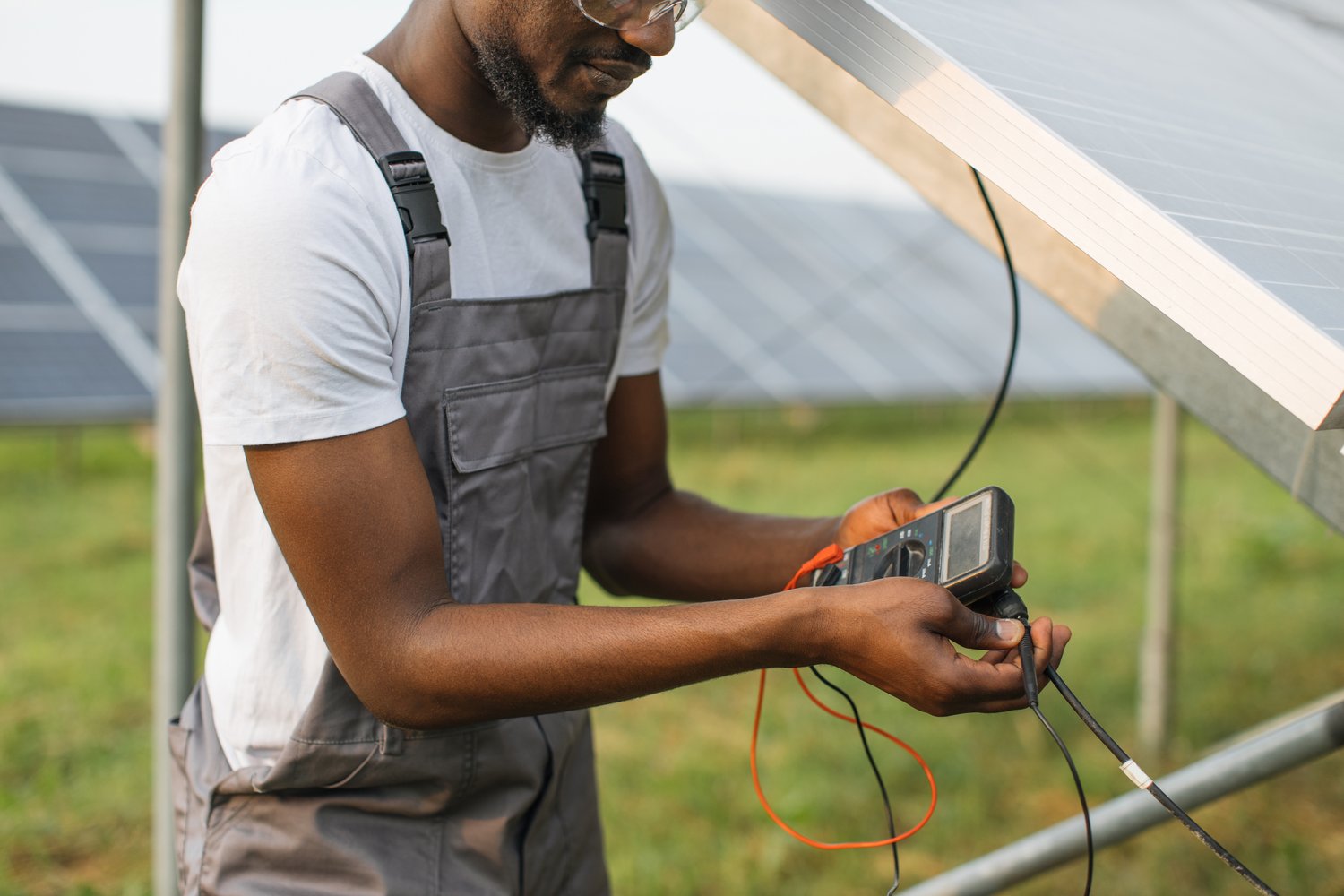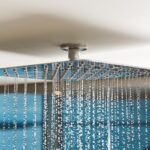The evolution of smart technology has revolutionized our approach to home management, and irrigation systems are no exception. However, as impressive as they are, smart irrigation controllers can sometimes falter, leaving your landscaping in a less than optimal state. Delving into the nuances of programming and connection issues, this article provides solutions tailored for efficiency and reliability tailored to the needs of both seasoned professionals and curious homeowners.
- Discover why programming errors are a common culprit behind malfunctioning smart irrigation systems.
- Learn practical strategies to rectify connectivity disruptions that hinder the performance of your smart controllers.
By exploring the intricacies of these common issues, this guide empowers you with the knowledge to optimize your garden’s irrigation system for effective water management, ensuring lush landscapes with minimal effort.
Understanding Smart Irrigation Controller Problems: Fix Programming and Connection Challenges
Smart irrigation controllers hold the promise of efficient and optimized water management, making them an essential component for modern landscaping solutions. However, they are not without their challenges. Two major areas where users often encounter issues are programming errors and connectivity disruptions.
Programming issues stem from improper settings or configurations, which can directly impact the operation and effectiveness of your irrigation system. On the other hand, connectivity problems arise when the smart controllers fail to communicate seamlessly with wireless networks or other smart devices.
Understanding these challenges is crucial for ensuring that your irrigation system not only functions correctly but also delivers maximum water savings and landscape health. By focusing on troubleshooting these common problems, you can maintain an efficient irrigation schedule and conserve resources effectively.
Identifying Common Programming Errors in Smart Irrigation Controllers
Programming errors in smart irrigation controllers can lead to a range of issues, from overwatering to under-watering, impacting the well-being of your landscape. One frequent mistake is incorrect scheduling. This occurs when the programming fails to account for seasonal changes or specific weather patterns, resulting in inefficient water use.
Another common error is setting inappropriate zone durations. Each zone within your landscape often requires distinct watering schedules. Misaligning these settings can lead to certain areas receiving either too much or too little water. Furthermore, forgetting to update the controller after landscaping changes can render the system ineffective.
To address these programming challenges, regularly review and adjust the schedule settings to reflect current weather and environmental conditions. Check zone-specific schedules to ensure they align with the unique needs of each area. Staying vigilant with these adjustments will optimize your smart irrigation system’s performance, leading to a lush and healthy landscape.
Resolving Connection Issues in Smart Irrigation Controller Systems
Smart irrigation controllers are essential for efficient water management, allowing users to customize schedules and monitor watering remotely. However, connectivity issues can disrupt this seamless operation, leading to frustrations and ineffective water usage. By understanding and addressing these problems, you can ensure your smart irrigation system functions optimally.
One common issue is the Wi-Fi connectivity. Many smart controllers rely on a stable Internet connection to communicate with wireless networks or mobile devices. Begin by checking the strength and stability of your Wi-Fi signal. If necessary, position your router closer to the controller or consider using a range extender to boost the signal.
Another potential problem arises from network interference. Multiple devices operating on the same frequency as your smart irrigation controller can cause connectivity disruptions. Ensure your controller is configured on a less congested channel within your network settings. It is also advisable to minimize the number of devices connected to the same network, thus reducing the traffic and interference.
In some cases, firmware updates are necessary to resolve compatibility issues. Manufacturers often release updates to fix bugs and enhance the performance of their products. Regularly check for new firmware versions on the manufacturer’s website or through the controller’s app, and install them as needed.
Resetting the controller can also help address persistent connectivity issues. A reset can clear any temporary glitches or errors that may be hindering efficient performance. However, before doing so, ensure that you have backed up your settings to avoid losing customized schedules or preferences.
Lastly, consider if any recent changes in the home network setup might be causing disruptions. For instance, altering the network password without updating it in the controller’s settings will prevent the device from reconnecting. Double-check all login credentials and network configurations to ensure they are accurate and up-to-date.
By adopting these troubleshooting steps, users can effectively resolve connection issues, ensuring that their smart irrigation controllers communicate seamlessly with all necessary devices. This proactive approach guarantees consistent water management and optimal performance of the irrigation system.
Frequently Asked Questions about Smart Irrigation Controller Problems
What are common programming errors in smart irrigation controllers?
- Incorrect Scheduling: Double-check start times and durations.
- Zone Misconfiguration: Ensure each zone is correctly programmed for location-specific needs.
- Firmware Issues: Keep firmware updated to avoid programming bugs.
How can I fix connectivity issues with my smart irrigation controller?
- Check Wi-Fi Signal: Ensure strong and stable Wi-Fi connectivity.
- Reboot the Controller: Power cycle your device to reset connections.
- Update App and Controller: Ensure both the mobile app and controller firmware are up to date.
Why is my smart irrigation system not responding to remote commands?
- Check for Interference: Ensure no devices are interfering with the wireless signal.
- Network Configuration: Re-configure network settings if there have been changes to the network.
- Device Compatibility: Verify compatibility between your controller and connected devices.
How often should software be updated on smart irrigation controllers?
Regularly check for updates every few months or as notified to ensure optimal performance.
Can a power surge affect my smart irrigation controller?
Yes, a power surge can damage delicate electronics. Using surge protectors can minimize risk.





